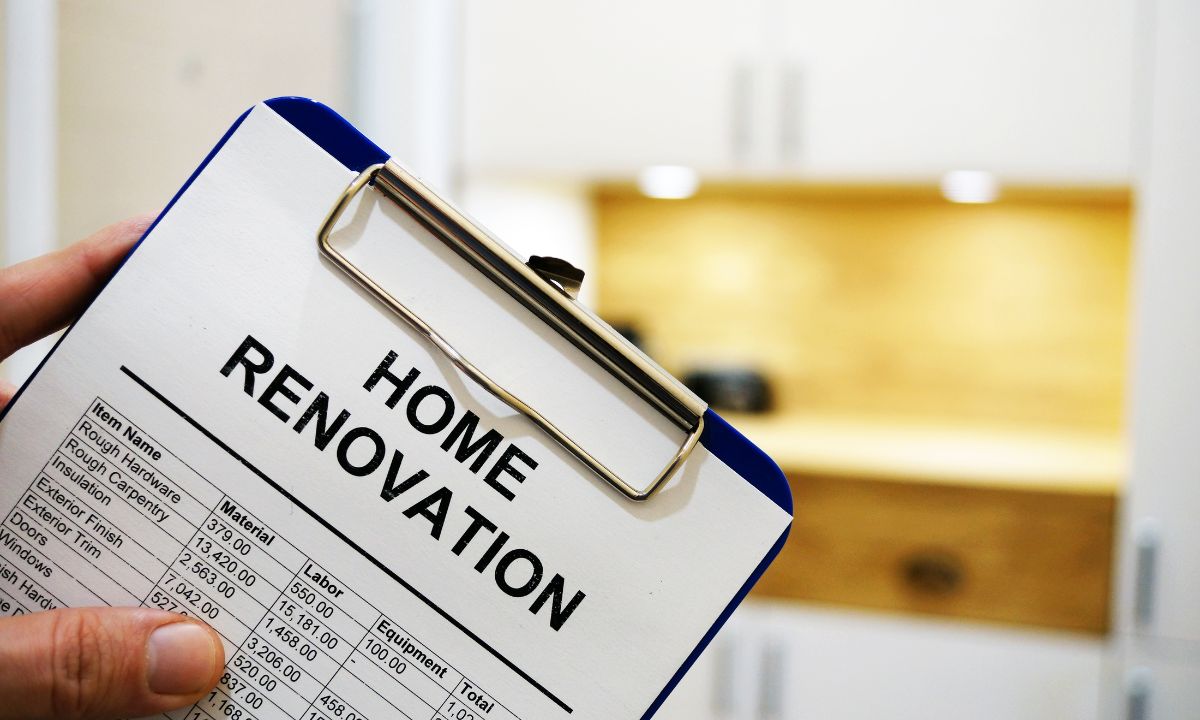 Choosing the right mortgage term is a critical decision when purchasing a home. The two most common options are 15-year and 30-year mortgage terms. Let’s compare the advantages and disadvantages of each to help you make an informed decision:
Choosing the right mortgage term is a critical decision when purchasing a home. The two most common options are 15-year and 30-year mortgage terms. Let’s compare the advantages and disadvantages of each to help you make an informed decision:
15-Year Mortgage Advantages:
Interest Savings: The most significant advantage of a 15-year mortgage is the amount of interest you can save over the life of the loan. With a shorter term, you pay less interest because the loan is repaid more quickly.
Faster Equity Building: Monthly payments for a 15-year mortgage are higher, but a larger portion of each payment goes toward the principal. This results in faster equity buildup, which can be beneficial if you plan to sell or refinance in the future.
Lower Interest Rate: Generally, 15-year mortgages come with lower interest rates compared to 30-year mortgages. This can contribute to overall interest savings.
15-Year Mortgage Disadvantages:
Higher Monthly Payments: The main drawback of a 15-year mortgage is the higher monthly payments. This option may strain your monthly budget as compared to a longer-term loan.
Reduced Flexibility: Higher monthly payments can limit your financial flexibility. If unexpected expenses arise, you may find it challenging to meet the higher mortgage payment.
30-Year Mortgage Advantages:
Lower Monthly Payments: The primary advantage of a 30-year mortgage is the lower monthly payments, making it more manageable for many homebuyers. This can free up cash for other investments or expenses.
Greater Flexibility: Lower monthly payments provide greater financial flexibility. You can allocate extra funds towards investments, emergency savings, or other financial goals.
Tax Deductibility: Mortgage interest is often tax-deductible, and with a 30-year mortgage, you may have higher interest payments, potentially resulting in a larger tax deduction.
30-Year Mortgage Disadvantages:
Higher Total Interest Paid: While monthly payments are lower, the total interest paid over the life of the loan is higher compared to a 15-year mortgage. This means you’ll pay more for your home in the long run.
Slower Equity Buildup: With lower monthly payments, a smaller portion of each payment goes toward the principal. This leads to slower equity buildup compared to a 15-year mortgage.
Considerations:
Financial Goals: Consider your financial goals and priorities. If you prioritize long-term savings and can comfortably afford higher monthly payments, a 15-year mortgage might be suitable.
Budget and Cash Flow: Evaluate your monthly budget and cash flow. If you need more flexibility and want to keep monthly payments lower, a 30-year mortgage may be a better fit.
Long-Term Plans: Consider your long-term plans. If you plan to stay in the home for a significant period, a 30-year mortgage may offer more financial flexibility.
Ultimately, the choice between a 15-year and a 30-year mortgage depends on your individual financial situation, goals, and preferences. It’s advisable to consult with a financial advisor or mortgage professional to make the best decision based on your unique circumstances.
 If you’re like many of us, your furry friends aren’t just pets; they’re beloved members of the family. As you embark on the journey of finding your dream home, it’s essential to consider their needs alongside yours. From spacious yards to pet-friendly communities, here’s a guide to finding the perfect home for both you and your four-legged companion.
If you’re like many of us, your furry friends aren’t just pets; they’re beloved members of the family. As you embark on the journey of finding your dream home, it’s essential to consider their needs alongside yours. From spacious yards to pet-friendly communities, here’s a guide to finding the perfect home for both you and your four-legged companion. A mortgage escrow account, also known simply as an escrow account, is a financial arrangement set up by a mortgage lender to manage and disburse certain payments related to the property on behalf of the homeowner. The purpose of an escrow account is to ensure that essential expenses, such as property taxes and homeowners’ insurance, are paid on time.
A mortgage escrow account, also known simply as an escrow account, is a financial arrangement set up by a mortgage lender to manage and disburse certain payments related to the property on behalf of the homeowner. The purpose of an escrow account is to ensure that essential expenses, such as property taxes and homeowners’ insurance, are paid on time. Undertaking home renovations can be an exciting endeavor, whether you’re looking to enhance your living space, increase property value, or simply modernize your home. However, financing these projects can often pose a significant challenge. While personal loans and refinancing are popular options for funding renovations, it’s important to weigh the advantages and disadvantages before deciding.
Undertaking home renovations can be an exciting endeavor, whether you’re looking to enhance your living space, increase property value, or simply modernize your home. However, financing these projects can often pose a significant challenge. While personal loans and refinancing are popular options for funding renovations, it’s important to weigh the advantages and disadvantages before deciding.
 When it comes to buying real estate, stepping into your dream home isn’t just a matter of physical visits anymore. Thanks to the innovative integration of virtual reality (VR) technology, prospective buyers and curious renters can now explore properties from the comfort of their own spaces. This revolutionary shift not only transforms the way we house-hunt but also reshapes our perceptions of what the future holds in real estate.
When it comes to buying real estate, stepping into your dream home isn’t just a matter of physical visits anymore. Thanks to the innovative integration of virtual reality (VR) technology, prospective buyers and curious renters can now explore properties from the comfort of their own spaces. This revolutionary shift not only transforms the way we house-hunt but also reshapes our perceptions of what the future holds in real estate.